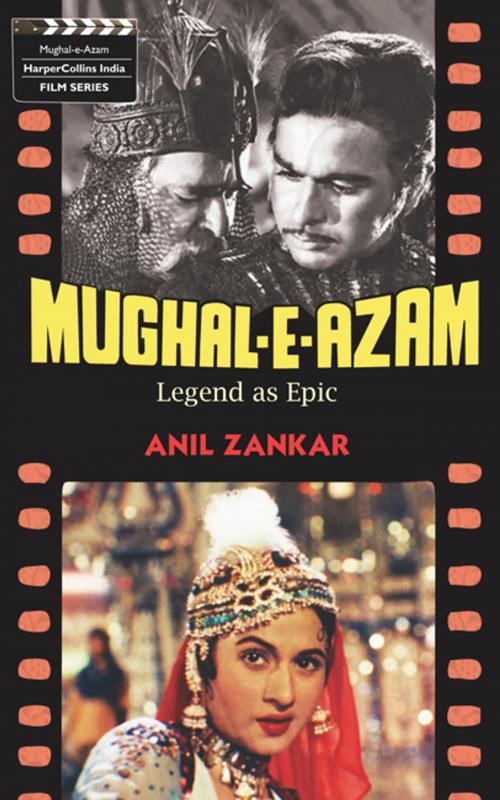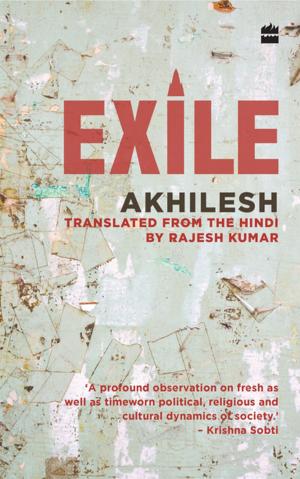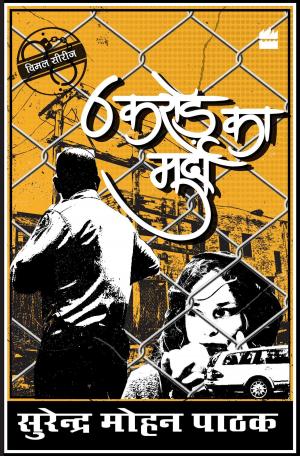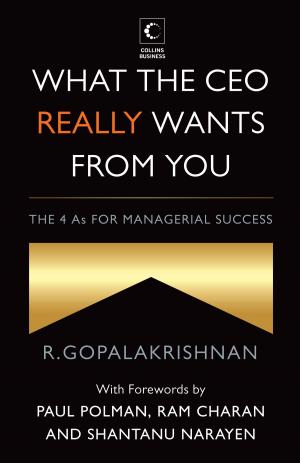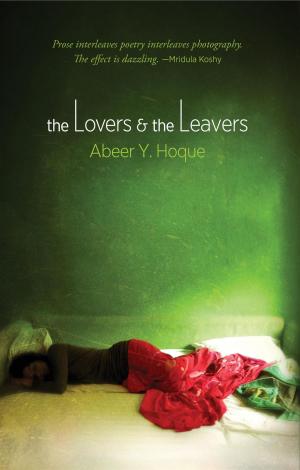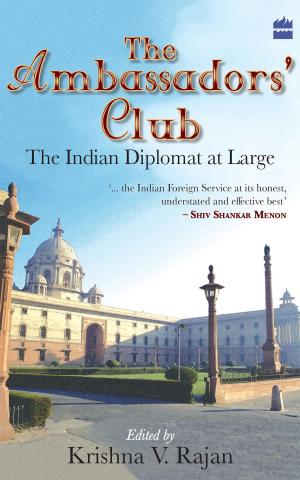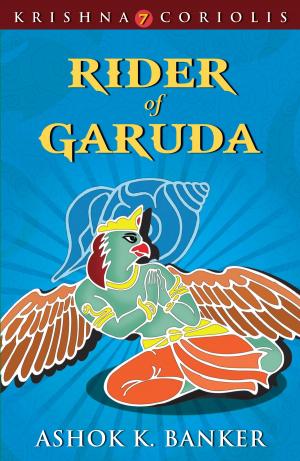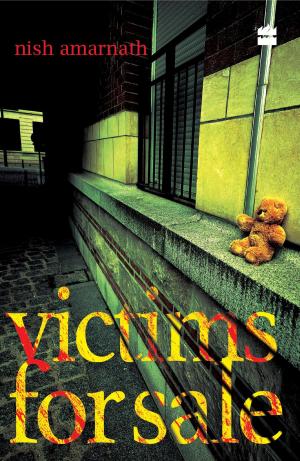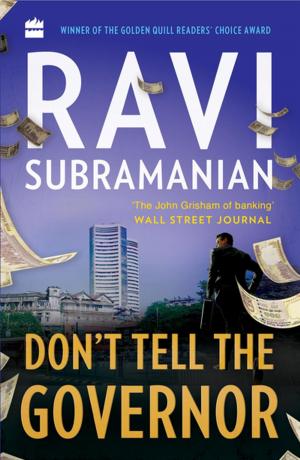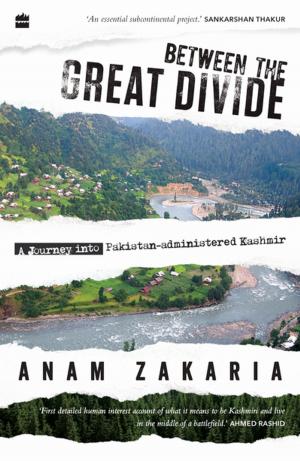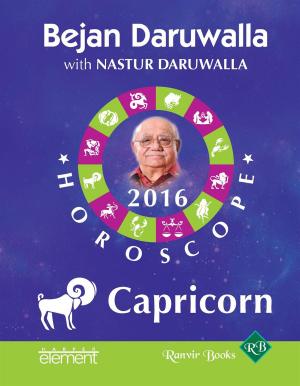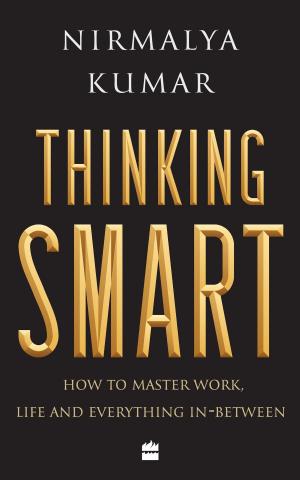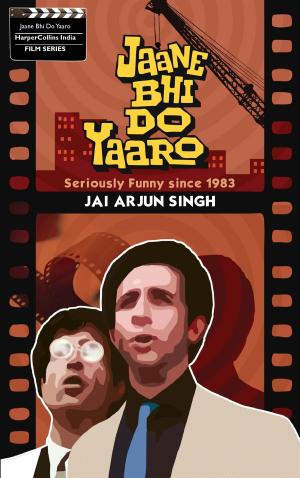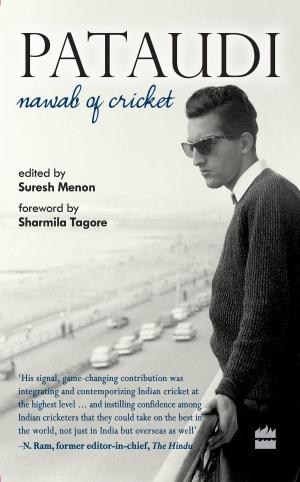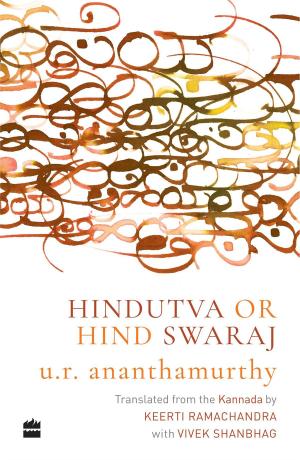| Author: | Anil Zankar | ISBN: | 9789350297643 |
| Publisher: | HarperCollins Publishers India | Publication: | August 3, 2013 |
| Imprint: | Harpercollins | Language: | English |
| Author: | Anil Zankar |
| ISBN: | 9789350297643 |
| Publisher: | HarperCollins Publishers India |
| Publication: | August 3, 2013 |
| Imprint: | Harpercollins |
| Language: | English |
A brilliant study of one of the greatest epics of Indian cinema Mughal-e-Azam (1960) embodies grandeur in Indian cinema like no other film. The imagination and hard work of the makers is evident in every scene. The gigantic setting, the great performances, the poetic language, the brilliant technical quality and the sublime music contribute to its enduring appeal. However, Mughal-e-Azam is much more than just lavish entertainment. The movie takes a historical legend and converts it into a film epic that is enriched by several artistic and cultural traditions. The film also corresponds to the progressive ideas that defined the first decade of independent India. In Mughal-e-Azam: Legend as Epic, film-maker and scholar Anil Zankar unravels its cinematic strength through an understanding of the script, mise en scene, music and the nature of the conflict in the film.
A brilliant study of one of the greatest epics of Indian cinema Mughal-e-Azam (1960) embodies grandeur in Indian cinema like no other film. The imagination and hard work of the makers is evident in every scene. The gigantic setting, the great performances, the poetic language, the brilliant technical quality and the sublime music contribute to its enduring appeal. However, Mughal-e-Azam is much more than just lavish entertainment. The movie takes a historical legend and converts it into a film epic that is enriched by several artistic and cultural traditions. The film also corresponds to the progressive ideas that defined the first decade of independent India. In Mughal-e-Azam: Legend as Epic, film-maker and scholar Anil Zankar unravels its cinematic strength through an understanding of the script, mise en scene, music and the nature of the conflict in the film.
